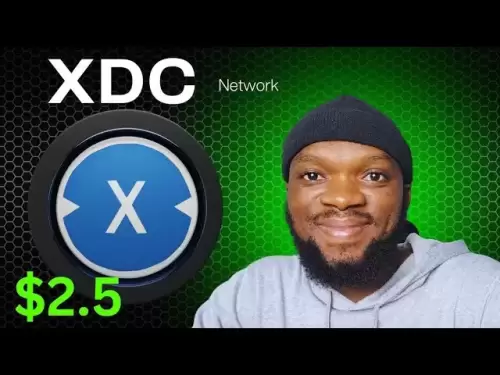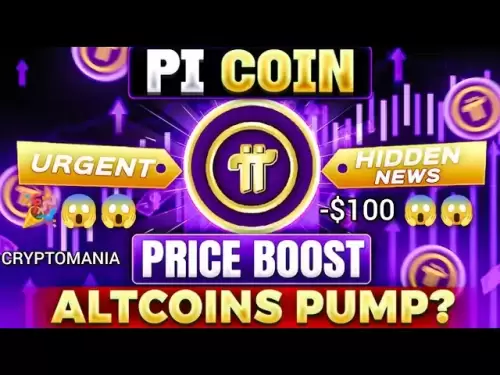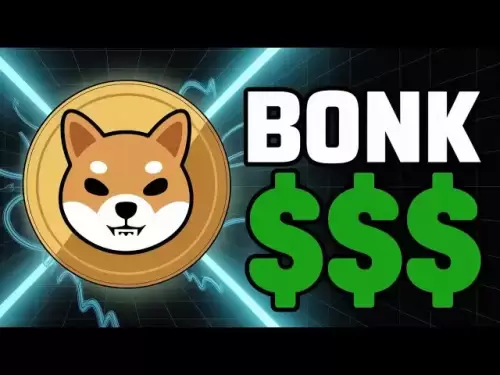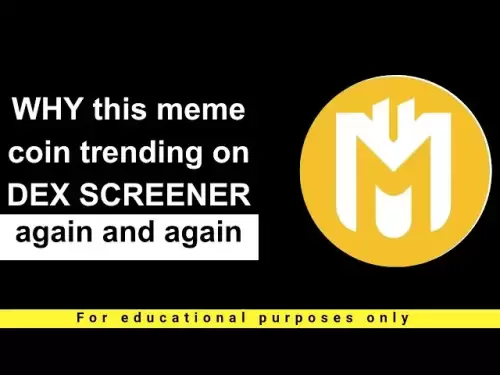-
 Bitcoin
Bitcoin $111,092.6675
2.00% -
 Ethereum
Ethereum $2,764.9647
5.94% -
 Tether USDt
Tether USDt $1.0005
0.03% -
 XRP
XRP $2.4043
4.41% -
 BNB
BNB $669.4715
1.29% -
 Solana
Solana $156.4684
3.23% -
 USDC
USDC $1.0000
0.01% -
 TRON
TRON $0.2901
0.83% -
 Dogecoin
Dogecoin $0.1797
5.42% -
 Cardano
Cardano $0.6195
5.76% -
 Hyperliquid
Hyperliquid $40.6835
3.77% -
 Sui
Sui $3.0711
6.31% -
 Bitcoin Cash
Bitcoin Cash $514.1951
2.61% -
 Chainlink
Chainlink $14.1999
1.91% -
 Stellar
Stellar $0.2867
10.62% -
 UNUS SED LEO
UNUS SED LEO $8.9560
-1.47% -
 Avalanche
Avalanche $19.4582
6.47% -
 Shiba Inu
Shiba Inu $0.0...01233
4.23% -
 Hedera
Hedera $0.1705
6.33% -
 Toncoin
Toncoin $2.8329
1.36% -
 Litecoin
Litecoin $90.4412
3.40% -
 Monero
Monero $327.2040
3.37% -
 Polkadot
Polkadot $3.6037
4.76% -
 Dai
Dai $1.0001
0.01% -
 Ethena USDe
Ethena USDe $1.0011
0.03% -
 Uniswap
Uniswap $8.2408
8.08% -
 Bitget Token
Bitget Token $4.3833
1.51% -
 Pepe
Pepe $0.0...01094
8.47% -
 Aave
Aave $299.5903
2.30% -
 Pi
Pi $0.4670
1.67%
What is the floor price of an NFT?
2025/07/09 15:07
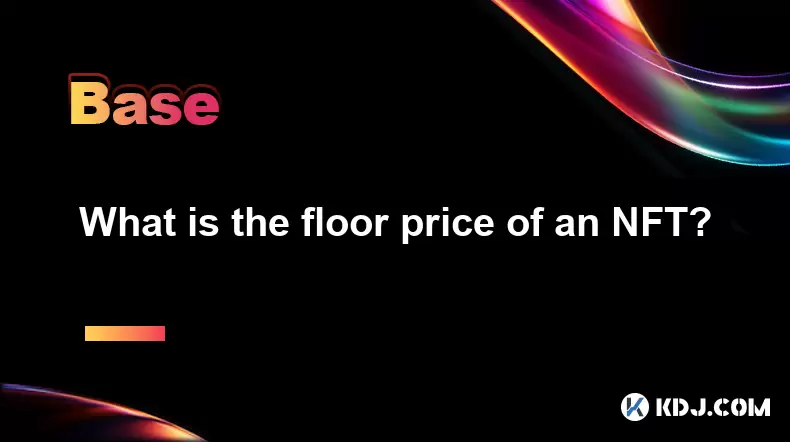
Understanding the Concept of Floor Price in NFTs
In the world of non-fungible tokens (NFTs), the term "floor price" refers to the lowest price at which a particular NFT within a collection can be purchased on a marketplace. This concept is especially relevant for collections like Bored Ape Yacht Club or CryptoPunks, where multiple NFTs exist under one brand but have varying levels of rarity and demand.
The floor price acts as a benchmark for investors and collectors, providing a quick snapshot of the minimum investment required to enter a specific NFT project. It's important to note that while the floor price may represent the cheapest available NFT in a set, it doesn't necessarily reflect the value of the most desirable or rarest items in the same collection.
How Floor Prices Are Determined
Floor prices are primarily determined by market forces such as supply, demand, and overall interest in a particular NFT collection. When a new NFT drop occurs, the initial floor price might be set by the creators during minting. However, once the NFTs start trading on secondary markets like OpenSea, LooksRare, or X2Y2, the floor price fluctuates based on real-time buyer activity.
Factors influencing these fluctuations include:
- Rarity of attributes: NFTs with rarer traits often command higher prices.
- Overall popularity of the collection: Trending collections see increased bidding activity.
- Market sentiment and hype: Celebrity endorsements or social media buzz can affect floor prices.
- Volume of recent sales: High trading volumes can push floor prices up or down.
Why Floor Price Matters to Investors
For many NFT investors, tracking the floor price is crucial when evaluating the health and potential profitability of a collection. A rising floor price typically signals growing interest and confidence in the project, whereas a declining floor price may indicate waning enthusiasm or oversupply.
Additionally, floor price helps determine the net worth of holders who own multiple NFTs from the same collection. For instance, if someone owns five Bored Apes and the floor price is 0.8 ETH, their minimum portfolio valuation would be roughly 4 ETH (excluding any rarer pieces they might hold).
This metric also plays a role in whale watching and floor sweeping, where large buyers purchase all NFTs at or near the floor price to artificially inflate the value of the remaining pieces.
How to Find the Floor Price of an NFT Collection
Finding the current floor price for a given NFT collection is relatively straightforward, especially with the help of dedicated tools and platforms:
- Visit NFT marketplaces such as OpenSea or LooksRare and search for the desired collection.
- Look for listings sorted by price, with the lowest-priced NFT being the current floor.
- Use third-party analytics platforms like DappRadar or Rarity.tools, which aggregate data and display floor prices in real time.
- Check Discord servers or Twitter accounts associated with popular NFT projects, where community members often share updated floor prices.
It’s essential to ensure that the floor price you're viewing is from a reputable source and not manipulated through fake listings or wash trading.
Differences Between Floor Price and Average/NFT Value
While the floor price indicates the cheapest available NFT in a collection, it's distinct from the average sale price or median price. These metrics take into account all transactions within a certain period and offer a broader view of the collection’s performance.
For example, a collection could have a floor price of 0.5 ETH while maintaining an average sale price of 1.2 ETH. This discrepancy suggests that although some NFTs are affordable, the majority of transactions involve higher-value pieces.
Understanding this distinction is key for making informed decisions, especially when comparing different NFT projects or analyzing trends over time.
FAQ: Common Questions About NFT Floor Prices
What happens when the floor price drops significantly?
A sharp decline in floor price often reflects reduced demand, panic selling, or negative news related to the collection. Holders may experience unrealized losses, and new buyers might see it as an entry opportunity.
Can floor prices be manipulated?
Yes, floor prices can be temporarily manipulated through tactics like wash trading, where individuals buy and sell NFTs between their own wallets to create artificial volume and influence perception.
Is buying at the floor price always a good strategy?
Not necessarily. While purchasing at the floor can offer value, it’s important to assess the underlying utility, roadmap, and community strength of the project before investing.
How often do floor prices change?
Floor prices can change frequently—sometimes within minutes—depending on market activity, trading volume, and external events affecting investor sentiment.
免责声明:info@kdj.com
所提供的信息并非交易建议。根据本文提供的信息进行的任何投资,kdj.com不承担任何责任。加密货币具有高波动性,强烈建议您深入研究后,谨慎投资!
如您认为本网站上使用的内容侵犯了您的版权,请立即联系我们(info@kdj.com),我们将及时删除。
- PI网络:通过AI为全球经济和未来提供动力
- 2025-07-10 12:50:12
- 加密货币:GMX赏金在4200万美元的排水量后提供
- 2025-07-10 12:50:12
- 加密货币清算和比特币的疯狂骑行:下一步是什么?
- 2025-07-10 12:30:12
- 比特币爆炸达到了历史最高高:机构势头是真正的交易吗?
- 2025-07-10 13:10:12
- 比特币的疯狂骑行:记录高潮和价格飙升
- 2025-07-10 13:10:12
- 2025年的云开采:被动比特币和替代币收入的顶级平台
- 2025-07-10 13:15:11
相关百科

What is a user-generated content (UGC) NFT platform?
2025-07-04 13:49:21
<h3>Understanding the Concept of a UGC NFT Platform</h3><p>A user-generated content (UGC) NFT platform is a digital marketplace or e...

What is composability in DeFi?
2025-07-06 16:07:28
<h3>Understanding the Concept of Composability in DeFi</h3><p>Composability in DeFi refers to the ability of decentralized finance p...

What is a "crypto primitive"?
2025-07-05 22:14:34
<h3>Defining the Concept of a Crypto Primitive</h3><p>In the context of blockchain and cryptocurrency, a crypto primitive refers to ...
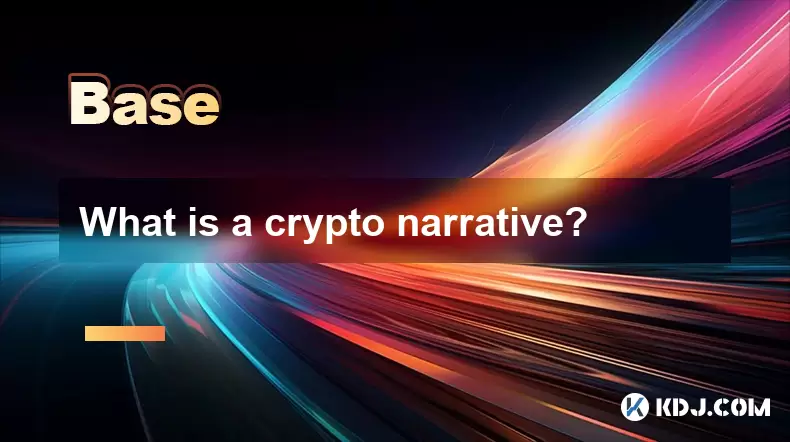
What is a crypto narrative?
2025-07-07 22:56:30
<h3>Defining the Concept of a Crypto Narrative</h3><p>A crypto narrative refers to the overarching story or theme that drives intere...
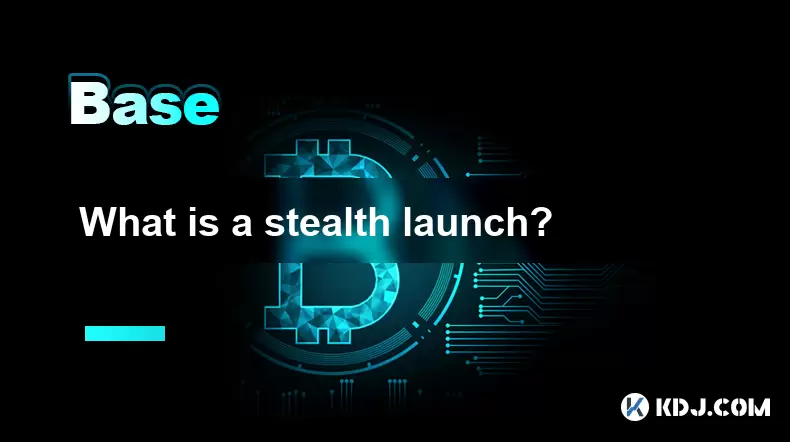
What is a stealth launch?
2025-07-08 06:42:39
<h3>What Exactly Defines a Stealth Launch in Cryptocurrency?</h3><p>A stealth launch refers to the practice of launching a cryptocur...

What is a fair launch?
2025-07-05 19:31:58
<h3>Understanding the Concept of a Fair Launch</h3><p>A fair launch refers to the release of a cryptocurrency or blockchain project ...

What is a user-generated content (UGC) NFT platform?
2025-07-04 13:49:21
<h3>Understanding the Concept of a UGC NFT Platform</h3><p>A user-generated content (UGC) NFT platform is a digital marketplace or e...

What is composability in DeFi?
2025-07-06 16:07:28
<h3>Understanding the Concept of Composability in DeFi</h3><p>Composability in DeFi refers to the ability of decentralized finance p...

What is a "crypto primitive"?
2025-07-05 22:14:34
<h3>Defining the Concept of a Crypto Primitive</h3><p>In the context of blockchain and cryptocurrency, a crypto primitive refers to ...

What is a crypto narrative?
2025-07-07 22:56:30
<h3>Defining the Concept of a Crypto Narrative</h3><p>A crypto narrative refers to the overarching story or theme that drives intere...

What is a stealth launch?
2025-07-08 06:42:39
<h3>What Exactly Defines a Stealth Launch in Cryptocurrency?</h3><p>A stealth launch refers to the practice of launching a cryptocur...

What is a fair launch?
2025-07-05 19:31:58
<h3>Understanding the Concept of a Fair Launch</h3><p>A fair launch refers to the release of a cryptocurrency or blockchain project ...
查看所有文章





















